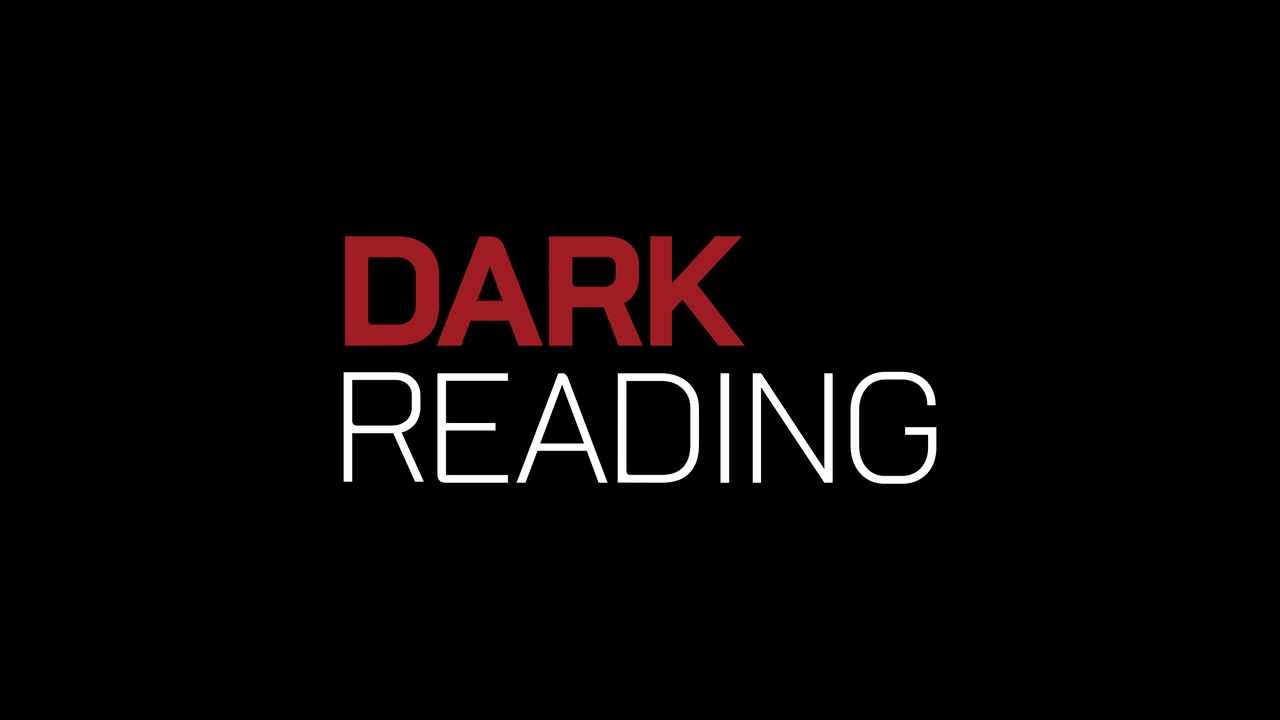Over 25,000 IoT CCTV Cameras Used In DDoS AttackOver 25,000 IoT CCTV Cameras Used In DDoS Attack
Probe uncovers attacks generated from 105 global locations and delivering 50,000 HTTP requests per second.

More than 25,000 IoT CCTV devices located worldwide have been hacked and are being used for a denial-of-service botnet attack, reports Network World quoting security research firm Sucuri. The botnet, discovered during a jewelry store DDoS attack probe, was found to deliver 50,000 HTTP requests per second.
“It is not new that attackers have been using IoT devices to start their DDoS campaigns,” says Sucuri. “However, we have not analyzed one that leveraged only CCTV devices and was still able to generate this quantity of requests for so long.”
According to Sucuri, the attacks, “a variation of the HTTP flood and cache bypass attack,” were initiated from 25,513 unique IP addresses in 105 countries with 5% of the IPs being IPv6. The most compromised CCTV devices were located in Taiwan, USA, Indonesia, Mexico, Malaysia and Israel, Italy, Vietnam, France and Spain, says Sucuri adding that around 46% of the cameras had default H.264 DVR logos.
Sucuri believes the CCTV devices may have been hacked via the remote code execution (RCE) flaw recently found to affect CCTV-DVR devices sold by some vendors.
Read full story at Network World.
About the Author
You May Also Like
Uncovering Threats to Your Mainframe & How to Keep Host Access Secure
Feb 13, 2025Securing the Remote Workforce
Feb 20, 2025Emerging Technologies and Their Impact on CISO Strategies
Feb 25, 2025How CISOs Navigate the Regulatory and Compliance Maze
Feb 26, 2025Where Does Outsourcing Make Sense for Your Organization?
Feb 27, 2025



_vska_Alamy_.jpg?width=700&auto=webp&quality=80&disable=upscale)
_Brain_light_Alamy.jpg?width=700&auto=webp&quality=80&disable=upscale)